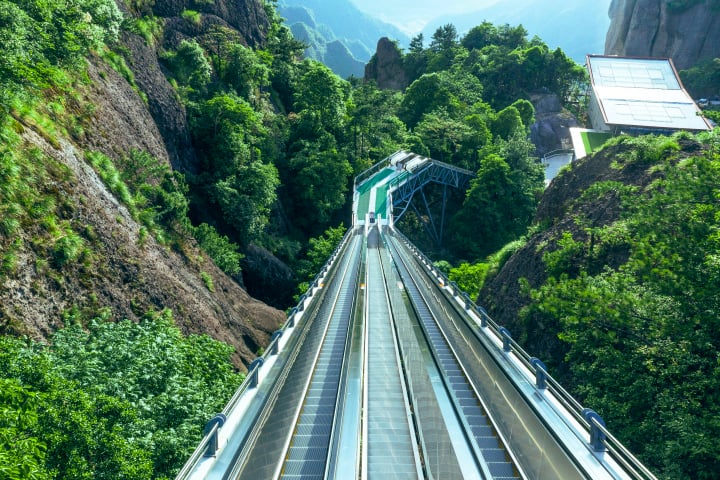Located in Japan’s Tomamu Resort, on the island of Hokkaido, the Unkai Terrace is a unique scenic spot perched high atop a mountain peak that is often above the clouds, offering tourists breathtaking views of the white, fluffy sea beneath them.
The “unkai” (sea of clouds) phenomenon has been attracting tourists to the resort town on Tomamu for years. The natural hot springs in the area and the differences in temperature during the few hours when night turns into day determine the formation of an immaculate white blanket of clouds over the mountainous region, but only a few people had the chance to see the unique effect from above, until a gondola system was put in place. It takes early-bird tourists up the mountain to the Unkai Terrace, right above the sea of clouds, where they can watch the sunrise, take photos of the Hidaka and Tokachi mountain peaks as they pierce the fluffy fog and enjoy a refreshing cup of coffee or a bowl of soup. Although the gondola fare is pretty expensive (around $20), the view from Unkai Terrace is definitely worth every yen.





















